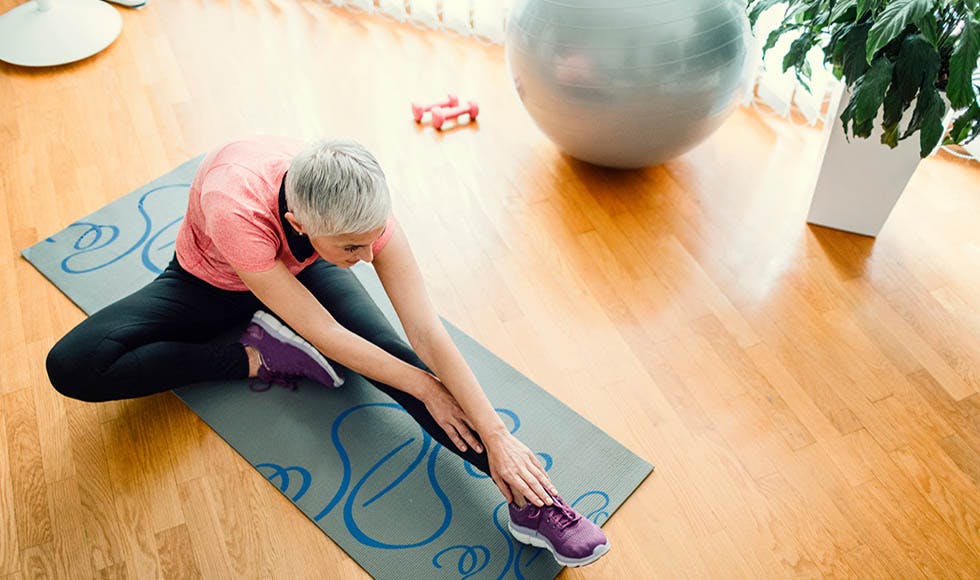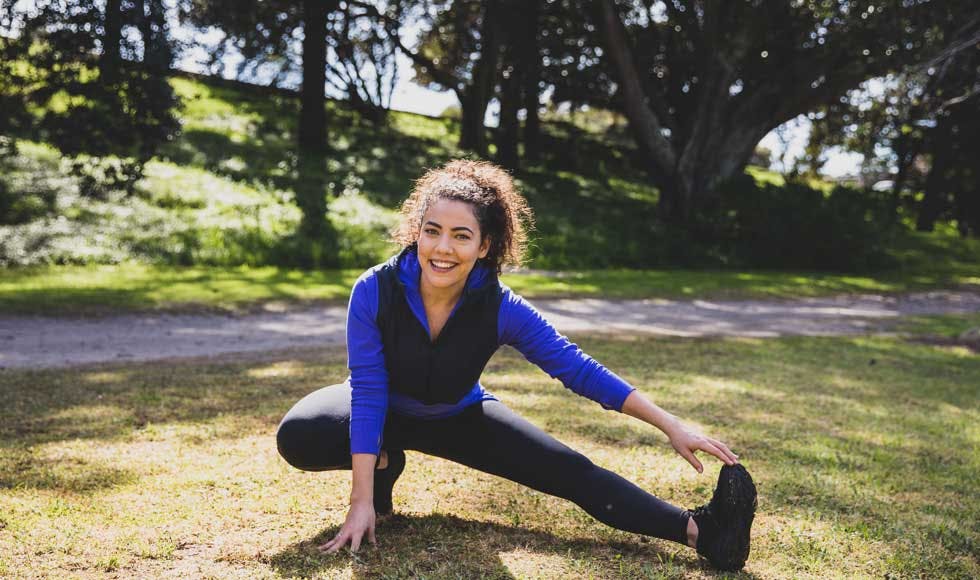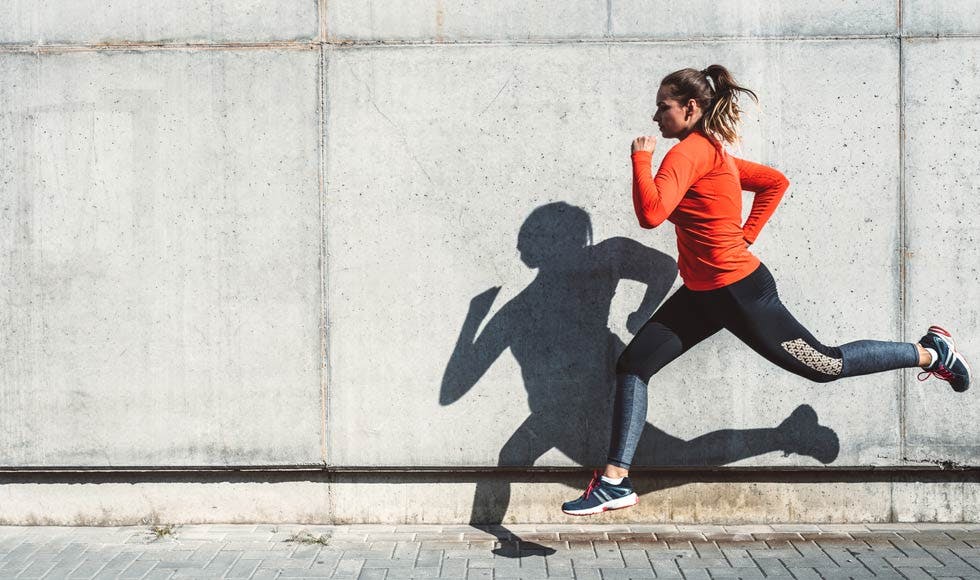
- Health hub/
- Arthritis, joint, bone & muscle/
- Managing joint pain with an active lifestyle


Maintaining an active lifestyle is one of the essential pillars for maintaining health, but sometimes the body can encounter challenges, including joint pain.
You don't need to let joint pain stop you from exercising, though. Despite misconceptions that exercising with joint pain may exacerbate it, experts agree that exercise can be one of the most effective ways to promote recovery. According to Arthritis and Osteoporosis Western Australia, exercise has been shown to reduce inflammation and improve joint health.
On the other hand, a sedentary lifestyle can weaken the muscles, hindering progress. Being active can help keep joints strong, and exercises should ideally be performed with correct and safe technique, preferably under the supervision of a health professional.
Understanding the causes of joint pain
Joint pain can be caused by a variety of factors, including overuse, repetitive movements, injury, poor posture, ergonomic issues, and excess weight, all of which can place stress on the joints and cause inflammation. In addition, according to The Arthritis Movement, being inactive or not being active enough for too long can also lead to joint pain, stiffness, and muscle weakness.Why exercise & movement matters
Exercise can aid energy levels and build bone and joint strength. Exercise helps build strong muscles, which is important because, as the Mayo Clinic describes, weak muscles can put more stress on the joints.
While heat packs and creams may assist in relieving pain temporarily, in the long term, exercise may be more effective. According to Johns Hopkins Arthritis Centre, it builds strength in the joints, lubricates joint cartilage, and can reduce stiffness and pain.
Keeping active can also help maintain a healthy weight, preventing excessive and unnecessary stress on the joints.
In addition, exercise offers a host of other health benefits, many of which contribute to a positive cycle for effective joint pain management, including stress relief, improved sleep, weight management, a better mood, enhanced cardiovascular health, and more.
Moving with joint pain
If you are currently experiencing joint pain, it may be ideal to see a GP first so they can refer you to a specialist who can create a personalised plan tailored to your specific concerns. Most importantly, find an activity that you enjoy so that you can participate more consistently.Joint-friendly activities
Low-impact cardio
Swimming, cycling, walking, and water aerobics are all ideal exercise choices, as they are relatively low-impact activities with minimal weight-bearing and joint loading.Strength training
Some light strength training is necessary to maintain strong muscles and healthy joints. Ensure this is started under the guidance of a health professional to ensure proper form and avoid injury or placing undue strain on the joints.Stretching and mobility
As the Arthritis Foundation describes, stretching can help lubricate the joints and promote range of motion.
Yoga offers many stretching exercises and also builds muscle strength around the joints, according to St Vincent's Private Hospital. Pilates offers many stretching exercises, providing an opportunity to focus on good posture and alignment while also promoting joint lubrication and muscle strengthening to protect the joints. Studies have shown that Pilates can be effective for pain in older adults.
In addition to consulting your healthcare provider about starting yoga or Pilates, it is also important to inform your instructor about your joint pain so they can modify any poses accordingly and guide you through proper form to avoid injury.
Tips for staying active with joint pain
Knowing when to stop
If you are experiencing joint pain, you may need to exercise a different part of the body to rest the joints that are painful.
Experts, such as the Arthritis Foundation, agree that some discomfort or mild pain is typical with initial movements. However, if the pain becomes moderate or severe, movement should stop, as this may indicate inflammation.
If you experience consistent pain while exercising, consider reducing your intensity, switching to a lighter-impact workout, or taking a rest for the day.
Johns Hopkins Arthritis Center recommends starting with short sessions, moving slowly, and avoiding repetitive movements.
Warning signs that indicate you need to stop, according to the Osteoarthritis Action Alliance:
- sharp pain
- pain in a new area
- pain that lasts more than two hours
- shortness of breath, chest pain, dizziness
Lifestyle tips for keeping active while managing joint pain
Nutrition
Experts generally recommend a diet rich in anti-inflammatory foods, most of which are plant based. As Mass General Brigham Health Service describes, plant foods contain anti-inflammatory properties, including fibre, polyphenols, antioxidants, and omega-3 fatty acids.
A Mediterranean diet offers many plant-based and other anti-inflammatory foods, including seafood, cruciferous vegetables, turmeric (such as in curry), yogurt, ginger, and green tea, as specified by the Cleveland Clinic. On the other hand, limit foods that can trigger inflammation, such as processed foods, white starchy foods like white rice and bread, red meat, alcohol, refined grains, sugars, or dairy.
Hydration is also important for lubricating the joints.




